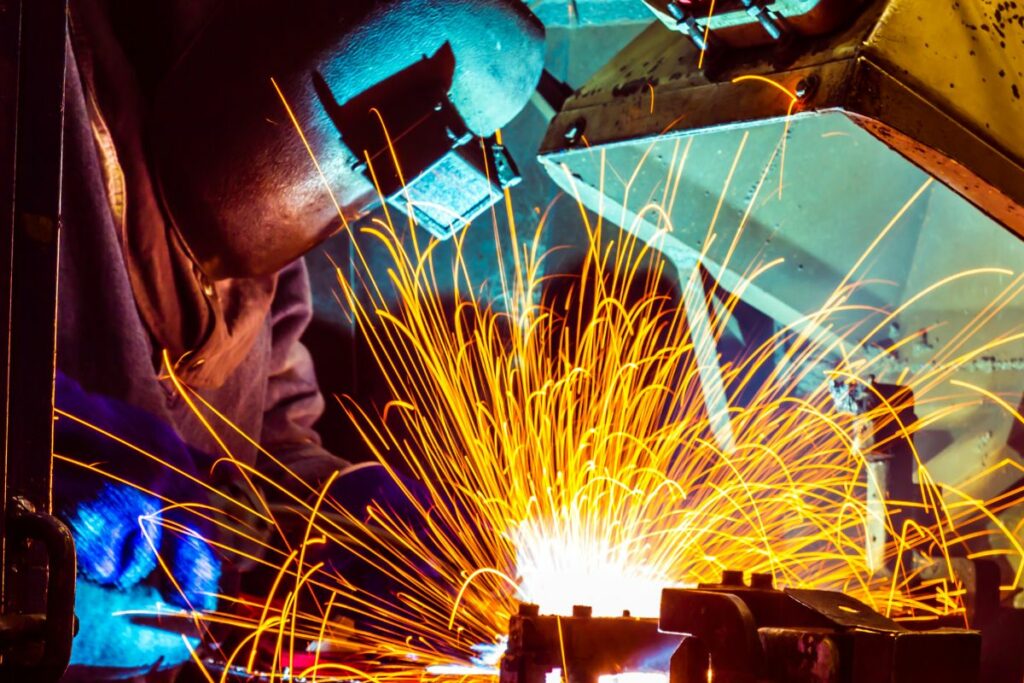
These days, welding-related fires are not so rare anymore. In fact, just last January 9, a welding spark ignited an industrial blaze in Napier, signifying an unpleasant welcome to the year. When it comes to fire accidents, some would be fortunate enough to suffer zero casualties and minimal property damages and operation downtime. However, there are fires that resulted in excessive burns, blindness and in a worst-case scenario, deaths. It cannot be stressed enough how important it is to create awareness regarding fire hazards and have preventive measures to ensure everyone’s safety.
In this blog, we listed four best practices to prevent fire for welders in the workplace:
Preparing to get started with a welding task doesn’t end with clearing your area and bringing out the tools. As a best practice, scout your area and its surroundings for any potential fire hazard. Flammable paints, heavy dust concentrations and matches are just some common examples to pay close attention to. Before welding, cutting or heating, make sure to check for these things regularly. This can be every day when you start work and at the end of the day before you head out.
As such, proactive and appropriate measures must be set in place once fire hazards are identified. What’s the company’s procedure for securing these things to ensure they’re stored properly and away from where they’ll be at high risk? Know the procedures for these, and if there are none, take the initiative or demand from your company.
Some welding-related fires start from a spark. However, some start from improper or lack of maintenance. Inevitably, a tool or equipment that is not well-maintained poses a risk of malfunctioning which in a worst-case scenario, can result in fires – something that can be preventable with the right standards and processes in place.
It is the welder’s responsibility to always check their equipment and do the proper maintenance to avoid accidents in the workplace. In addition to this, ensure that you know where to locate and access a fire extinguisher in the unfortunate case that a fire breaks out.
It’s quite easy to overlook little cracks and minor holes in the floor when you’re working in such a fast-paced environment surrounded by huge tables and tools. However, it’s important to note that cracks, holes, and other small openings can be fire hazards. Imagine a welding scenario where flying sparks and hot molten metal lodge into the opening unnoticeably. The next thing you know, a fire breaks out and you need to evacuate.
Sometimes, the biggest hazards and risks hide in plain sight. Welders need to pay more attention to these and be extra vigilant.
When you work in one place for too long, it’s easy to feel more complacent and comfortable. While that’s a good thing in some aspects, the opposite can be said when it comes to safety. As such, make it a best practice to conduct regular site inspections for any fire hazards or other workplace dangers that may arise from the inspection. Delegate a qualified team member. Schedule a rotation to have fresh eyes every now and then. If needed, hire a third-party fire inspection company and get professional recommendations on how to fireproof your company.
It has been established again and again that safety should be a top priority wherever you are. It’s more common that people get too close for comfort and quite neglect to observe standard procedures every now and then. While in some cases, accidents really do happen. In whichever case, it’s better to be on the proactive side and adhere to these best practices. After all, as the popular adage goes, it’s better to be safe than sorry.